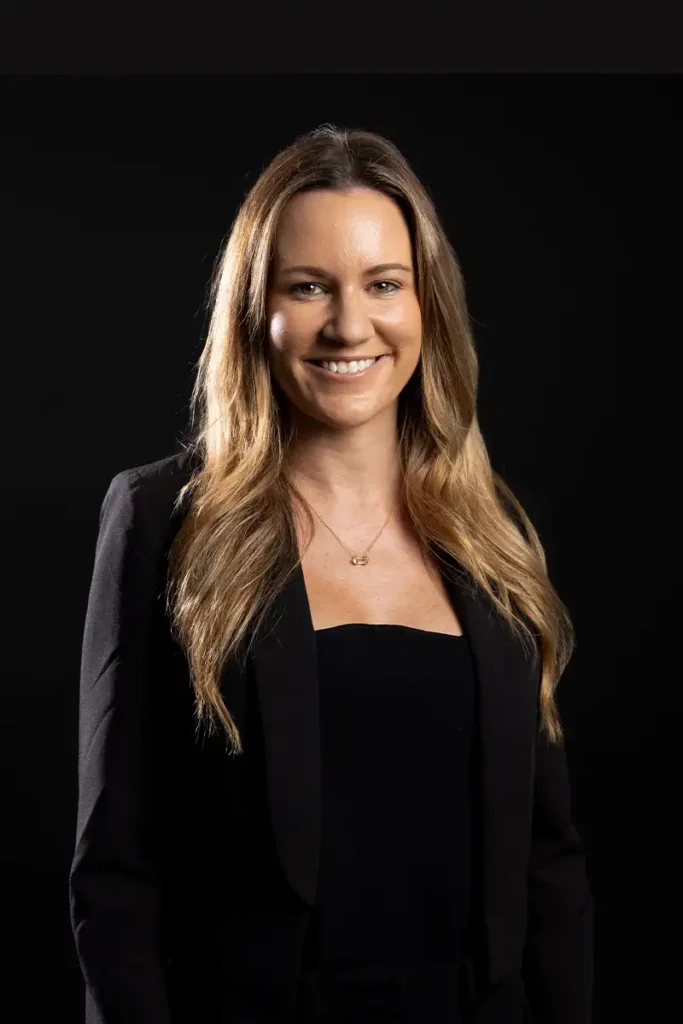Attwood Marshall Lawyers acted for the successful respondent in the Queensland Supreme Court decision of Perry v Nicholson [2017] QSC 163 . This decision contains a number of important lessons for advisors and clients alike in Self Managed Super Fund (SMSF) succession planning and how critical it is to have the paperwork done properly. Wills & Estates Partner Angela Harry discusses this important case.
Facts:
The deceased, Colin Maurice established a SMSF in 2009. The SMSF was funded from an inheritance the deceased received from the estate of his second wife who predeceased him some years earlier. The original trustees of the fund were the deceased and his adult daughter, Ms Perry (who notably was not a daughter of the relationship of the deceased’s late wife whose inheritance funded the SMSF). The deceased commenced a de-facto relationship with Ms Nicholson in 2010.
In April 2015 the deceased arranged for the SMSF accountant to prepare various documents so as to remove his daughter as trustee of the SMSF and replace her with his de-facto spouse. These documents included minutes signed by all parties as well as a confirmation of resignation of trustee signed by his daughter.
After the preparation of this documentation the deceased and his de-facto spouse operated the SMSF as trustees and his daughter had nothing to do with the fund from this time. All SMSF assets were held in the name of the deceased and his de-facto as trustees of the fund and all records with the ATO confirmed the appointment.
The deceased fell ill in late 2016 and, after consulting his lawyer regarding his estate planning, decided to update his will and prepare a binding death benefit nomination (BDBN) for his SMSF.
The deceased was concerned that his children would challenge his will and, on advice from his solicitor, prepared a BDBN in January 2017 100% favour of his de-facto spouse. The purpose of this nomination was to pass the SMSF death benefits directly to his de-facto and avoid any claim which his children may make had the death benefits been passed into his estate. The deceased passed away in March 2017.
Dispute:
In this case the daughter of the deceased challenged the validity of the change in trustee which removed her as a trustee and replaced her with the deceased’s de-facto spouse.
Ms Perry submitted that, despite the fact she signed documentation which resulted in her removal as trustee of the SMSF and had nothing to do with the operation of the fund since 2015, the documentation was invalid as it did not strictly comply with the terms of the trust deed and that she remained the trustee of the SMSF. Ms Perry further submitted that the BDBN purporting to distribute 100% of SMSF death benefits to the deceased’s de-facto was invalid on the basis that the BDBN had not been provided to the true trustee of the SMSF. It was a requirement of the SMSF deed that any BDBN comply with regulation 6.17A of the Superannuation Industry (Supervision) Regulations which require notice of the BDBN to be given to the fund trustees.
The deceased’s de-facto responded that the trustees had, in fact, complied with the requirements of the trust deed pursuant to clause 183 and Ms Perry was validity removed because:-
- The appointment and resignation of trustee was made in writing;
- The trustees were immediately advised of the appointment and removal, with each of the parties signing the Minutes to acknowledge the changes.
Accordingly, the de-facto submitted that the BDBN was valid.
Decision:
The decision handed down by Justice Boddice dealt with the validity of the documents which involved the appointment and removal of a trustee of the SMSF which, had the decision been made in Ms Perry’s favour, would have seen the BDBN prepared by the deceased in favour of his de-facto spouse declared invalid as a result of some technical deficiencies in the change of trustee documentation prepared by accountants some two years before the BDBN was signed.
His Honour’s reasons included mention of the distinction, at law, between the removal and retirement of a trustee. Whilst in this case the bar set for the requirements to change a trustee were set relatively low by the terms of the trust deed, there is no guarantee that such a decision would be repeated. Had the Court taken a stricter approach the change of trustee may well have been invalid which would, in turn, have unravelled the deceased’s estate planning intentions.
This decision should serve as a salient warning to accountants and other advisors who regularly prepare documents in this area to properly consider the complex legal issues that can arise. Whilst this was arguably an opportunistic application by the deceased’s daughter to take control of the SMSF it clearly puts the spotlight on the documentation prepared by the deceased’s accountants. The confusion caused by the flawed documentation prepared by the accountant (which it was argued failed to comply with the terms of the trust deed) led to costly and time consuming litigation in the Queensland Supreme Court.
Fortunately in this case (both for the deceased’s de-facto partner and the accountant who prepared the documentation), the court upheld the change in trustee documentation although it did not strictly comply with the requirements of the trust deed. Had the decision been reversed and the de-facto partner missed out on superannuation fund being paid to her then there was scope to argue that an action in damages for negligence would lie against the accountants. No doubt there may have also been an issue of the accountant performing work of a legal nature which may have been in breach of their professional indemnity insurance.
This case stresses the importance of ensuring that all variations to SMSF trust deeds as well as BDBNs are properly documented in accordance with the terms of the Deed and to ensure clients and their advisors seek proper legal advice from legal practitioners experienced in this area of law.

